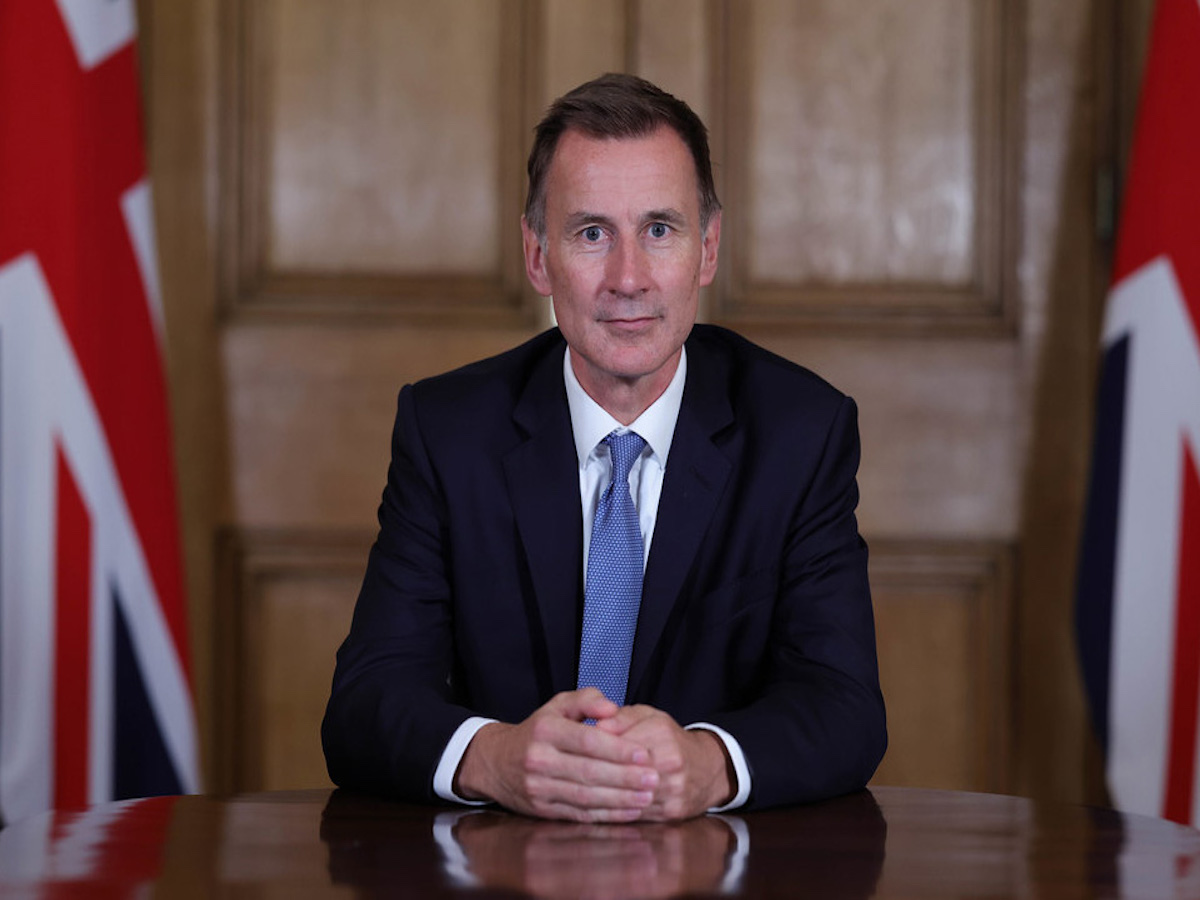A group of leading pension funds put the government’s growth agenda under the microscope at October’s PLSA annual conference in Manchester. This comes after the chancellor’s rallying call wants to boost economic growth though investing pension capital.
The panel of top chiefs from major British pension funds revealed a certain amount of scepticism for the growth idea. Neil Mason, chair of the PLSA’s local authority committee and assistant director of Surrey Pension Fund, had more questions than answers about the growth agenda.
“What do we actually mean by British growth?” he said. “Are we talking about growth equity, growth debt? Are we talking about growth infrastructure and then, what are we going to call it? Are we going to call it place based? Or local investments? UK opportunities? Levelling up? Or impact?”
The implication being on definition: how are investors going to assess the growth investment opportunities and what do they bring to any investment portfolio. Mason noted that when it came to growth, there are in fact many in the local government pension scheme (LGPS) who have been investing in this area for some time.
“The Great Manchester Pension Fund, GLIL, the Local Pensions Partnership, the Brunel pool, Border to Coast and South Yorkshire Pension Fund. So we have a serious track record in this,” he said.
Mason then added there is a central principle all LGPS funds need to consider within the growth agenda debate. “From our perspective at the LGPS it is to generate the cashflows that we need to match our liabilities moving forward.”
And under such a criteria, “we are looking at six areas where we feel we can generate growth for the British economy,” Mason said. These six are: housing, property, infrastructure, corporate financing, social bonds and renewables. “We feel we can meet local objectives – depending on what you define as local objectives – but we can also meet the erstwhile net-zero plans of UK plc,” Mason added.
His central message being there may well be a fit for pension funds to investment in growth, albeit however vague this may be defined, but it must be suitable for the fund as a starting point.
Not the job of pensions
Elizabeth Fernando, Nest’s chief investment officer, was even more categorical on this point, as she noted applying a government agenda isn’t what pension funds are about. “We are not against a levelling up agenda. But that is not our job. Our job is to build those returns for members. And we don’t want the permanent impairment of capital, because that is the ultimate risk for a DC member. Losing permanently a proportion of their capital is disastrous. That is why we don’t go into the early venture stage. We want proven business models and then we give capital to help scale,” she said.
Nest has a 5% target for private equity, as part of being signatories to Jeremy Hunt’s Mansion House Compact, and 30% for illiquid assets.
But like Mason, Fernando highlighted how this wasn’t new for Nest. “We have already been investing in private equity – our private equity programme started just over a year ago – and we were doing private credit and infrastructure before that, so we have already built up a reasonable exposure in private assets.”
She said overall about 19% of Nest’s portfolio is in unquoted investments, with the likelihood that this number will rise.
Real need
Taking the arguments about growth further, Morten Nilsson, CEO of the BT Pension Scheme (BTPS), identified the wider scope of the growth investment argument. “The first thing for me is that British growth requires a lot more than venture and equity investments. There is a real need for infrastructure investments, there is a real need for the energy transition and all sorts of other things,” he said.
Nilsson commented on the nature of the BTPS within the context of the debate. “From our perspective we are a mature pension scheme. The average age of our members is 68. We are on a de-risking path where we need to make sure the funding is as stable as we can get it.
“We are looking for, like other closed DB schemes, secure income and cash-flow generating assets, where we can depend on that cashflow. There is a real need for that in the UK also.”
But Nilsson noted it will take work from the government to move the issue forward. “The government has a real opportunity to help facilitate people like us who have a slightly less risk appetite than a lot of the headlines have been talking about. But actually have quite a lot of money and want to deploy it in the UK and seek those assets,” he said.
Reinforcing the message that pension funds already invest in this area, he added that BTPS is, contrary to belief, already committed to UK assets. “In all this debate it all sounds like we are not investing in the UK. If you look at BTPS, 64% of investments are UK related,” Nilsson said.
As a final warning, David Hourican, chief financial officer at The British Business Bank, which could well prove an important facilitator in the whole business, said: “There are some structural impediments in investing in venture and growth assets.”





Comments